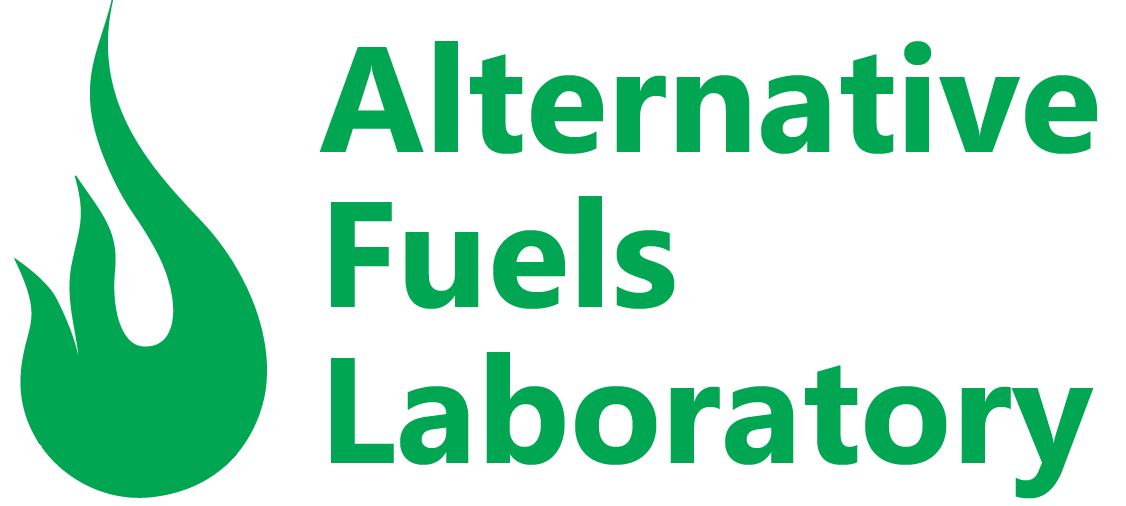Metal Air Combustion
Overview
Green and renewable energy sources, such as solar, wind or hydroelectric, will supply an increasing portion of the world’s electrical requirements. However, output from these sources is irregular due to daily (wind or solar) or seasonal (hydro) fluctuations and even their combined production rarely matches residential and industrial demand. Furthermore, electricity from these renewables cannot be used directly for transportation. An energy carrier is needed for storing energy for transportation and power applications beyond transmission lines. The ideal energy carrier should be inexpensive and safe for the environment, health, and routine handling. It should also be widely available to meet national consumption.
Our research in metal-fuel combustion proposes a new method for using metal powders, such as iron and aluminum, as energy carriers. These powders have energy densities equal to or exceeding hydrocarbon fuels and have an energy storage capacity that is more than a factor of ten greater than batteries. Metal powders are abundant and inexpensive. Moreover, they react with air to produce solid metal-oxide particles, and they have a moderate combustion temperature compatible with external combustion engine technologies. Metal-fuel combustion is clean as the combustion products are metal oxides, which are carbon free. The combustion products (metal oxides) can also be captured with existing cyclonic separation technology and recycled back to metal using clean energy, resulting in a completely closed-loop energy-carrier cycle.
Laminar Flames
We study the combustion of fuel-oxidizer mixtures over a range of equivalence ratios and flow conditions for aluminum and iron metal fuels. Using a laminar burner, we are able to generate a flat, stationary flame, ideal for experimental study. The experiment can be performed either with or without premixing metal powders with other hydrocarbon fuels, such as propane. The flow field through the flame and the burning velocity can be measured using laser visualization techniques (particle image velocimetry). Using spectroscopy, chromatography and laser-induced fluorescence, the consumption of reactants and the profiles of species and the temperature through the experimental domain can also be measured. The results from these investigations can serve as validation targets for the detailed chemical kinetic models of these fuels and will provide greater insight into the fundamentals of metal-fuel combustion.

Flat iron flame in oxygen mixture
Microgravity Experiments
When performing metal-fuel combustion experiments on ground-level, metal powders settle too quickly. On the other hand, in a microgravity environment, the effect of metal particle sedimentation and natural convection of hot gases can be suppressed. This will allow the experimental results to be better compared with emerging theoretical models, so that fundamental physics of metal-fuel combustion can be better studied. Our team performs microgravity experiments to study metal flames using two research platforms as follows. The first platform is the reduced gravity parabolic flight FALCON 20, which are jointly funded by the Canadian Space Agency (CSA) and the National Research Council (NRC). The second platform is provided by the European Space Agency (ESA) through launching sounding TEXUS rockets. Through microgravity experiments, our team discovered the discrete regime of metal-fuel combustion at low metal particle concentrations, whose behaviours are different than the continuous regime of conventional gaseous combustion.
McGill personnel on board FALCON-20 to perform microgravity experiments. Microgravity experiments provide fundamental studies on the percolating waves which can be combusted at a discrete regime.
NOx measurements
Nitrogen oxide (NOx) is one of those pollutants overshadowed in the context of global climate change since the carbon emissions from conventional hydrocarbon combustion products play a major role. However, the consequences of NOx on the environment and human health are a cause of serious concern. Hence, low-NOx combustion systems are of high demand from the past couple of decades. Metals, despite being zero-carbon emitters, are not fully “clean” due to NOx emissions. Any combustion process in presence of air reacts with nitrogen to produce NOx with higher emissions with an increase in temperature. Metals in practical combustors require air as an oxidizer for the combustion process and some metals burn at very high temperatures. Thus, quantification of this product is essential for future low-NOx combustor design. Our team is developing a non-intrusive, laser-based diagnostic technique to accurately measure NOx in metal flames and understand its formation mechanism.






